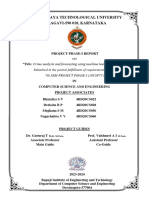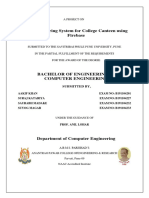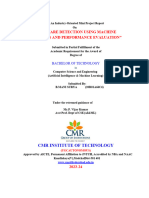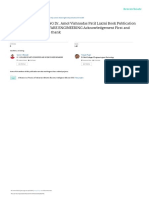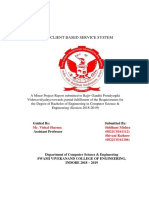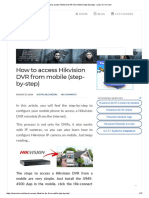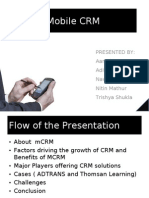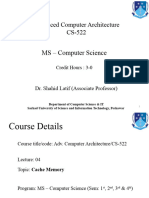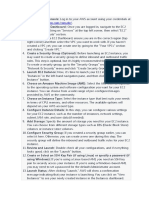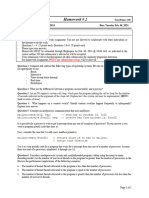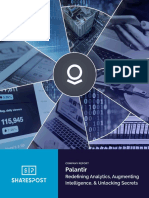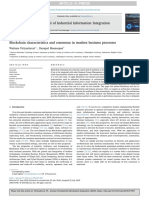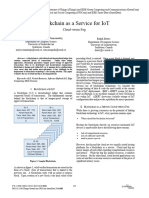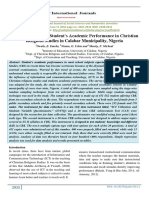0% found this document useful (0 votes)
149 views19 pages"Software Piracy Protection Using Machine Learning": Bachelor of Engineering
Uploaded by
Janhavi MeshramCopyright
© © All Rights Reserved
We take content rights seriously. If you suspect this is your content, claim it here.
Available Formats
Download as PDF, TXT or read online on Scribd
0% found this document useful (0 votes)
149 views19 pages"Software Piracy Protection Using Machine Learning": Bachelor of Engineering
Uploaded by
Janhavi MeshramCopyright
© © All Rights Reserved
We take content rights seriously. If you suspect this is your content, claim it here.
Available Formats
Download as PDF, TXT or read online on Scribd
/ 19




















